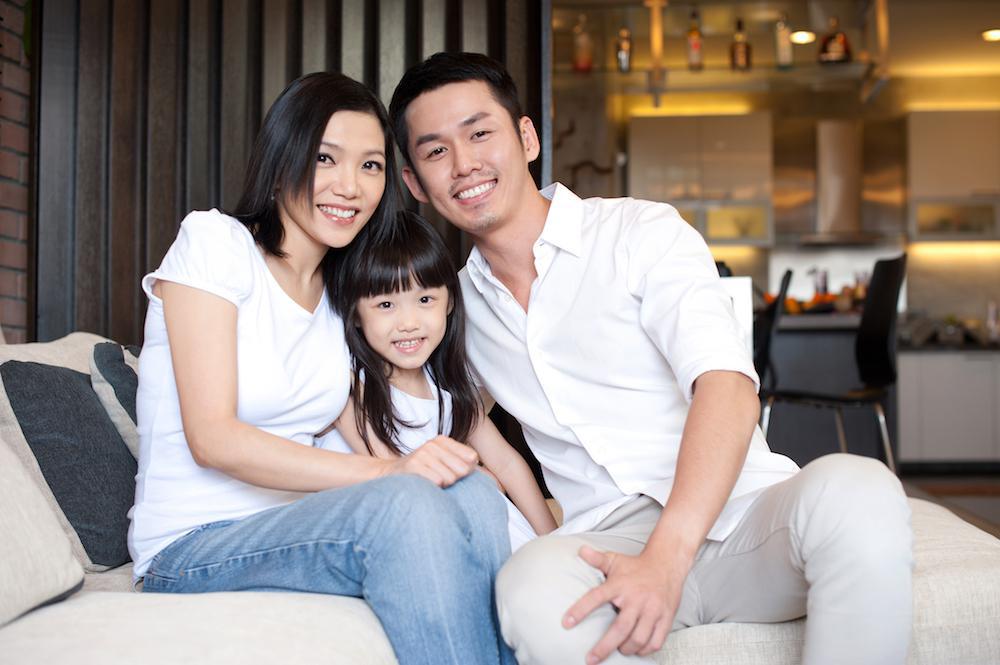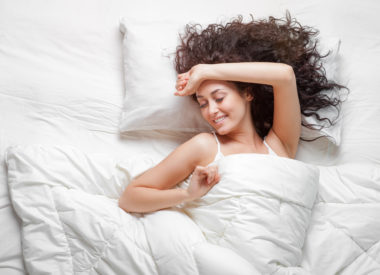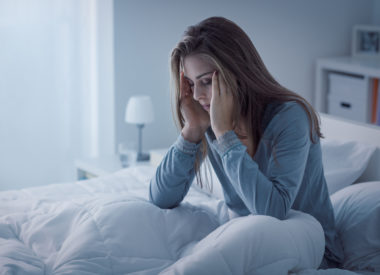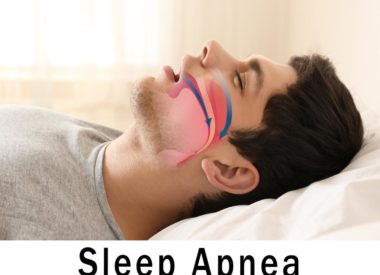5 ways to light up your holidays, your home, and your mood
Though the season itself is dark at this time of year, we tend to enjoy more in the way of lights as part of the holiday experience.
Hanukkah menorahs, Christmas tree lights, grand and festive winter light displays across entire neighborhood lawns, solstice lanterns, and lighted stars topping high points and monuments in a community… these all mark the many ways that lights are used to celebrate the season.
Lighting is something we cannot over appreciate in the Pacific Northwest. After all the holiday light displays are taken down and tucked back into storage, we will all still need to get enough light to keep us energized and happy through at least two more months of potentially dismal gray days… even if those days are growing longer and lighter, it will still be weeks before we notice.
It turns out that phototherapy can be a Seattleite’s best little helper for getting through the rest of winter. But what is phototherapy? What are its benefits and risks? And how can we apply this interesting therapy when we begin to feel we are tired all the time?
What is phototherapy?
Generally speaking, this is the application of light as a treatmentforphysical or mental illness.
The benefits of phototherapy
Bright light therapy has been shown to provide relief for people who suffer from seasonal affective disorder (SAD), depression, or circadian rhythm disorders such as delayed sleep phase disorder or jet lag.
The risks of phototherapy
This novel form of treatment has mild adverse effects that include eyestrain, irritability, nausea, and headache. Most side effects go away after a few days.
5 ways to light up your holidays, your home, and your mood
You can approach light therapy as a personal effort or one that improves the lighting for an entire household.
The Mayo Clinic recommends that light delivery devices provide exposure between 2,500 and 10,000 lux of light (the higher the lux, the less time needed for adequate treatment) and that the light delivery device should emit as little damaging ultraviolet light as possible.
1. Light boxes and lamps
These are the most common applications for phototherapy. Many light boxes or lamps are made to sit on a nightstand or a desk to deliver all- or multi-spectrum lighting to those who use light therapy.
The benefit to having one at bedside is obvious: to help you get out of bed! But desk-top versions are also handy for the mid-morning or mid-afternoon slump.
There are travel versions for people who need them while camping oron business trips.
Larger ones come with handles for portability and, sometimes, stands to elevate and better disperse the light, so that they can serve an entire space where several people are gathered, such as in an office cubicle or laboratory environment.
These can be especially helpful in spaces where there aren’t windows available to let in daylight, or for those spaces where employees may be working overnight.
Using a light box is simply a matter of “plug and play.” Turn on your light box within the first hour after waking up; sit at a distance of between 16 and 24 inches from the light for about 20 to 30 minutes, and keep your eyes open, but don’t look directly at the light.
2. Simulated dawn
Two decades of research have gone into determining whether precisely timed lighting, which can simulate both dusk and dawn, can help keep circadian rhythms entrained properly.
A dawn simulator uses timing and illumination to create an artificial “sunrise” that takes between 30 and 45 minutes.
This gradual change in lighting has been found to help with the brain’s ability to reduce melatonin levels as well as increase cortisol levels in the bloodstream at the end of a night’s sleep.
How it works: even if the eyes are closed during sleep, a small amount of light can still be sensed through the eyelid, and that light signal is still delivered to the back of the retina, where special photoreceptors tell the brain it is time to wake up.
Research shows that people who use simulated dawn devices tend to find it easier to get out of bed, are more alert and energized throughout the day, and feel more refreshed in the morning. Some dawn simulators have built-in alarm clocks or companion light boxes to use upon awakening.
For those lucky enough to afford smart homes, whole-house dawn simulators can be programmed into the lighting system.
3. Light therapy eyewear
Rather than sit next to a stationary lamp to get your daily dose of natural light, you can also put on a pair of light therapy glasses.
These resemble goggles which shine blue and green spectrum light around your eyes when you wear them; this direct exposure to blue and green light helps to cue the brain to stop producing melatonin.
The advantage to wearing these is practical: you can go about your morning as you normally would, without having to sit in front of a phototherapy box to get your treatment.
Simply put these on and wear them for half an hour in the morning and you should derive the same benefits.
4. Phototherapy headgear
Similar to wearable light goggles, phototherapy headgear is something you can put on, first thing in the morning, and wear for 30 minutes to receive your light exposure treatment.
This headgear comes either in a visor style, a baseball hat style, or in an application similar to a wearable headlamp, except that the light shines down over your eyes rather than out and away from your eyes.
5. Light earbuds?
Yes, you read that right!A controversial approach to light exposure therapy exists in the form of earbuds which, theoretically, transmit light through the ear canals tolight-sensitive parts of the brain.
The manufacturer (Valkee) suggests they need only be worn for 12 minutes to achieve the benefit, and can be very useful for people with jet lag.
Whether this actually works is still up for debate, though a 2014 research study published by BMC Psychiatry states:
“Our recent findings suggest that transcranial bright light (TBL) treatment via the ear canals modulates the neural networks of the human brain, improves cognitive performance in healthy participants, alleviates symptoms of SAD, and acutely affects cardiovascular autonomic regulation.”
Light therapy is not for everybody
Before you decide to use phototherapy or purchase a light delivery device for a loved one, make sure that it’s safe for you (or them) to use it. For certain people, phototherapy can be hazardous to their health, such as for those with bipolar disorder or eye problems such as glaucoma, cataracts, or eye damage related to diabetes.
For people with ongoing problems with SAD, using a lightbox may be enough to help keep mood disorders at bay. However, for some, special light treatments may be part of a more robust approach that includes medications and/or cognitive behavioral therapy.
If phototherapy does not seem to improve your mood or help you to reset your circadian rhythms, you may need additional therapeutic tools for dealing with SAD and should contact your doctor to discuss your options.
Sources:
BMC Psychiatry: ” Transcranial bright light treatment via the ear canals in seasonal affective disorder: a randomized, double-blind dose-response study ”
FeelBrightLight
Intus Healthcare
Lumie
Mayo Clinic
Re-Timer
Sunbox
Valkee



